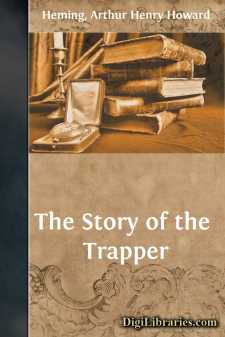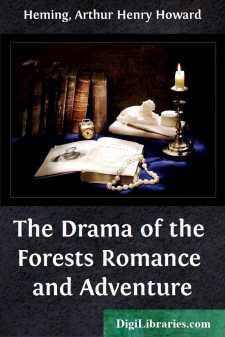Categories
- Antiques & Collectibles 13
- Architecture 36
- Art 48
- Bibles 22
- Biography & Autobiography 813
- Body, Mind & Spirit 142
- Business & Economics 28
- Children's Books 17
- Children's Fiction 14
- Computers 4
- Cooking 94
- Crafts & Hobbies 4
- Drama 346
- Education 46
- Family & Relationships 57
- Fiction 11829
- Games 19
- Gardening 17
- Health & Fitness 34
- History 1377
- House & Home 1
- Humor 147
- Juvenile Fiction 1873
- Juvenile Nonfiction 202
- Language Arts & Disciplines 88
- Law 16
- Literary Collections 686
- Literary Criticism 179
- Mathematics 13
- Medical 41
- Music 40
- Nature 179
- Non-Classifiable 1768
- Performing Arts 7
- Periodicals 1453
- Philosophy 64
- Photography 2
- Poetry 896
- Political Science 203
- Psychology 42
- Reference 154
- Religion 513
- Science 126
- Self-Help 84
- Social Science 81
- Sports & Recreation 34
- Study Aids 3
- Technology & Engineering 59
- Transportation 23
- Travel 463
- True Crime 29
Arthur Henry Howard Heming
Arthur Henry Howard Heming (1870–1940) was a Canadian author, artist, and illustrator known for his depictions of Canada's wilderness. He wrote adventure novels like "The Drama of the Forests" and "Spirit Lake," which explored the rugged landscapes and experiences of trappers and frontiersmen. Heming also worked as an illustrator for several Canadian magazines, often incorporating wildlife and northern scenes into his art. His vivid descriptions and dramatic storytelling contributed to popular perceptions of Canada’s untamed wilderness.
Author's Books:
Sort by:
The picturesque figure of the trapper follows close behind the Indian in the unfolding of the panorama of the West. There is the explorer, but the trapper himself preceded the explorers—witness Lewis's and Clark's meetings with trappers on their journey. The trapper's hard-earned knowledge of the vast empire lying beyond the Missouri was utilized by later comers, or in a large part...
more...
I HER FATHER THE FREE TRADER It was September 9, 189-. From sunrise to sunset through mist, sunshine, shower, and shadow we travelled, and the nearer we drew to our first destination, the wilder the country became, the more water-fowl we saw, and the more the river banks were marked with traces of big game. Here signs told us that three caribou had crossed the stream, there muddy water was still...
more...



